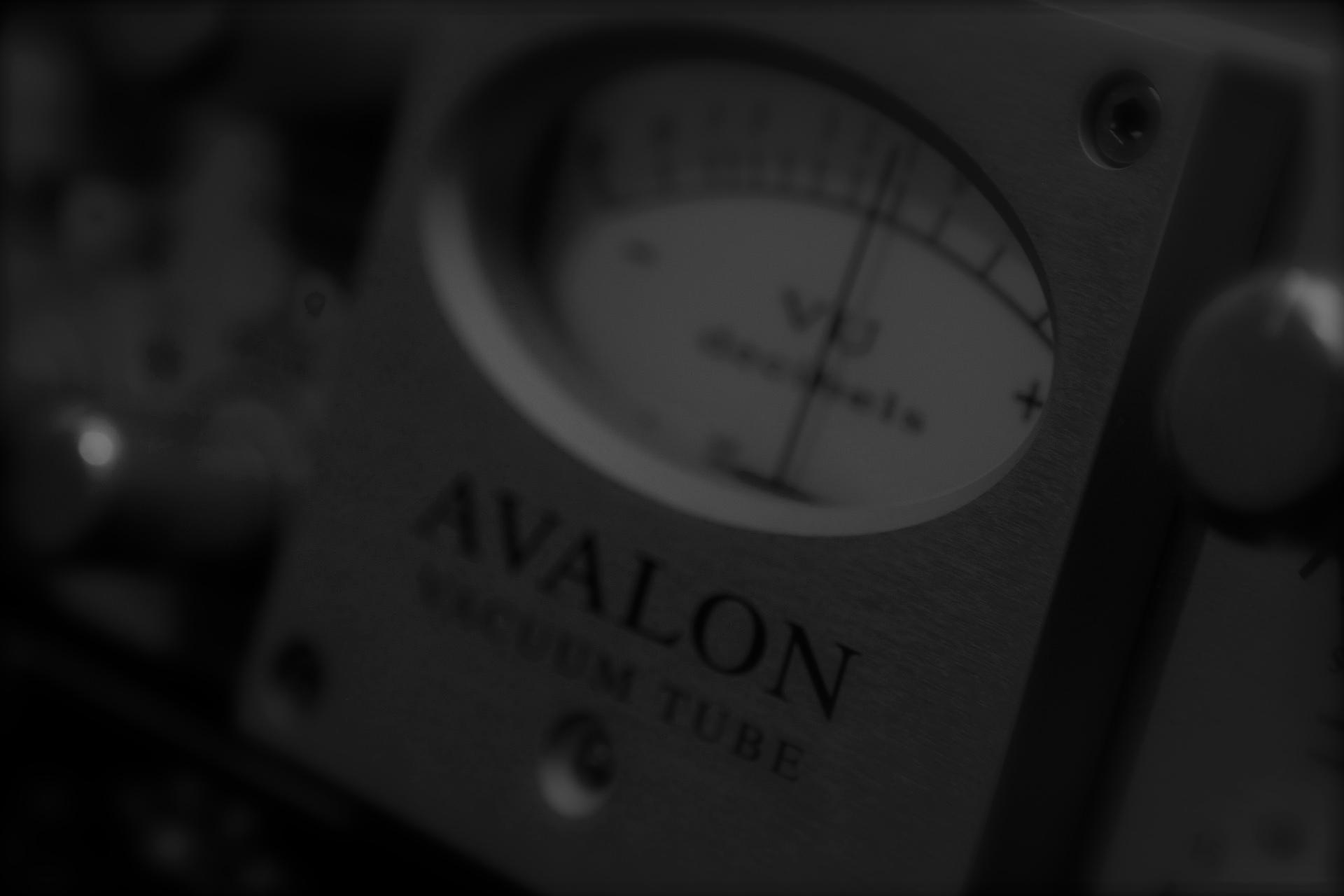
If this your first time in a recording studio, don't be intimidated. I always try to make everyone I work with as comfortable as possible regardless of musical ability. My job is to make you sound as good as possible, and I can't do that if you are uptight and uncomfortable.
You should have as clear a picture as possible of what you want, and just as important, what you don't want. I am working for you, so I am here to give you the type of recording you desire.
Anyone playing stringed instruments such as guitar, bass, fiddle, or mandolin, should have an intonation "set up" done by a professional luthier (a specialist who repairs stringed instruments) at least within a few months of the session. Nothing is more frustrating or debilitating to a recording than an instrument that won't tune up.
Acoustic and electric guitars should have fairly fresh strings on them, but preferably not BRAND new. Strings need a little time to stretch out and settle in so you are not fighting tuning during the session.
Unless your drummer is very adept at tuning and maintaining his or her drum kit, I highly suggest that you use the studio drums that I keep maintained for the recording studio. Your drummer is welcome to completely rearrange the kit to his or her comfort. Feel free to bring a kick pedal, cymbals, and snare drums, as these are very personal items to drummers (I am a drummer myself).
For most electric guitar parts, I prefer micing the amp. So be sure and bring your amp (or amps) and all necessary cables.
Bass is almost always run direct into my system. No amp is necessary. One exception is some styles of heavy rock need a little "crunch" on the bass. I will sometimes mic an amp and take a direct feed also.
Electronic keyboards are usually run direct.
My Yamaha acoustic piano is an acoustic instrument that needs to be tuned. The cost of tuning is 100.00, and usually lasts for about a week. I only allow my piano technician to perform this service. Sometimes I can get a couple of clients to split the tuning cost if schedules permit. Also, some styles of music such as blues do not always require a "perfect" tuning. I just take this one on a case by case basis.
BE WELL REHEARSED! I cannot stress how much time and money you can save by simply being prepared. This doesn't mean playing or singing everything down without mistakes, just know the material! Rehearsing and writing in the studio are fine with me, but be prepared to pay for it.
The first pass of a song is usually to get keeper parts on drums, bass, and maybe a piano, or electric guitar. After that we add the extra parts. Final vocals are usually cut toward the end. I'm not going to go into much detail here because the process varies so much from artist to artist.
After all of the parts are recorded, the next step is to combine all of these tracks into the left and right stereo tracks. This is called mixing. With Pro Tools we can change levels, fix minor mistakes, and add effects such as reverb and delay.
After all of the songs are mixed, the last step is mastering. This is the process in which levels and EQ are leveled out from song to song as well as compressed to make it as "hot" as possible. The end result is a CD ready to go to a manufacturing plant for duplication and packaging.